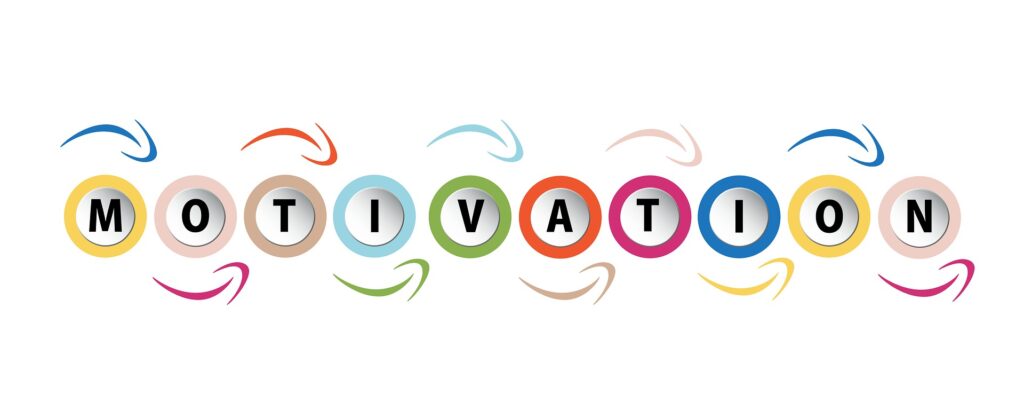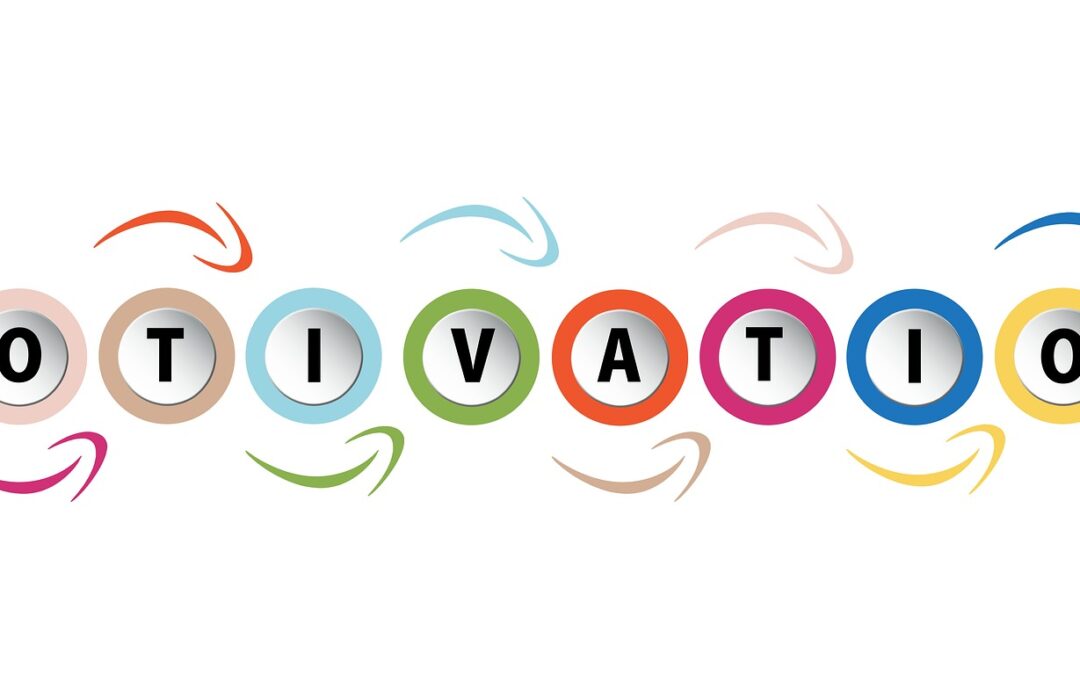Classic motivation theory states that there are three aspects of motivation. First, you must desire the outcome or reward. Second, you must feel you have the ability to achieve the outcome. For instance, I cannot jump over a building no matter how much I want the reward. Last, there must be an effort-reward linkage. That is, you must see the effort required as commensurate with the reward received. There’s a funny scene in Christmas Vacation where the grandmother offers her grandson a quarter to rub her bunions. This is a great example of not enough effort-reward linkage.
Most people focus on the effort-reward linkage to motivate their team. You feel that if you up the ante, the results will improve. Many times, this doesn’t do the trick. Why; it should, right? Most motivation issues are hidden in aspect #2, the ability or desire. When an employee doesn’t see a clear path to accomplish the goal, they aren’t sure if they can do the work; it can pull out one of the legs of the motivation stool, so to speak. 

This is particularly relevant in the sales arena. When a salesperson doesn’t see a clear path to what they want (usually commissions), they aren’t motivated. If this scenario is in play, it can create a negative spiral. The salesperson isn’t motivated, so the boss feels they need to “crack the whip” and add accountability.
Accountability, supervision, nor incentivization will solve the problem described. You are trying to solve the wrong problem. You can’t solve a lack of motivation with a whip; you solve it by figuring out which of the three legs of the motivational stool aren’t in place. Fix the motivation, then the team will sell more.
Since the most common demotivational factor is a concrete belief in the ability to achieve the outcome, focus on helping the team with that. Instead of pushing all the burden onto the salesperson to self-motivate, ask yourself, “What can the company do to improve motivational factors other than the proverbial carrot?”
For instance, auditing your sales process then creating a proven and repeatable one based upon best practices will expose holes in your sales system. Plugging these holes will eliminate motivation detractors and increase the salesperson’s belief they can accomplish the goal.
One-on-one coaching can also make a big difference. Aside from the rah-rah effect, you can also guide the salesperson through problem areas, thereby increasing their belief that they will achieve their designed outcome.
Bottom line accountability is never the first place to start to improve a sales team. In order to crack the whip and hold the team accountable, you need to first have a proven sales system and a well-managed sales department.



